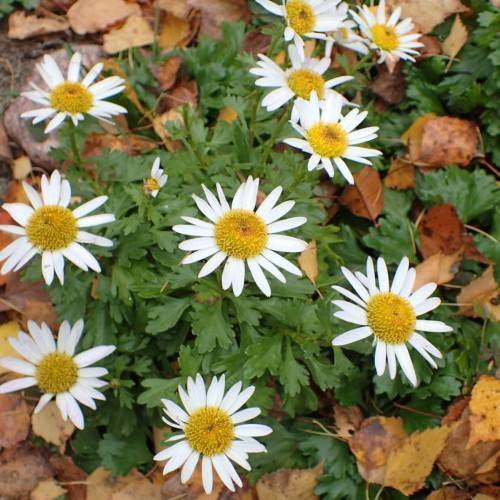
Arctic Daisy
Arctanthemum arcticum
Watering:
Average
Hardiness Zone:
Sun:
Sun, Partial Shade
Soil:
Sand
Leaf:
Yes
Growth Rate:
Low
Drought Tolerant:
Yes
Salt Tolerant:
Yes
Care Level:
Medium
watering
For best results, Wideleaf Polargrass should be watered regularly. During the growing season (spring and summer), this plant should be watered thoroughly once or twice per week, ensuring that the soil is moist throughout the roots. During periods of heavy rain, it is not necessary to water the plant as frequently. In the cooler months of autumn and winter, watering should be reduced to once a month, allowing the soil to become moderately dry before the next irrigation.
sunlight
Wideleaf Polargrass (Arctagrostis latifolia) thrives in full sun conditions, requiring 6-8 hours of direct sunlight per day during the growing season. For optimal growth, it is important to provide consistent exposure to direct sunlight throughout the day. This species grows best in moist, well-drained soils with pH levels between 5.0 and 7.5. Plants should be watered regularly, with more frequent watering needed during hot, dry weather.
pruning
Wideleaf Polargrass should be pruned in early spring before active growth begins. Pruning should be light and only minimal cutting of any dead or old foliage should be done. Avoid removing more than a third of the total foliage during pruning. Allow the plant to re-emerge with its natural shape. Light fertilizing with a balanced fertilizer after pruning can help encourage healthy regrowth. If the foliage is too dense, remove some so sunlight can reach the lower part of the plant. Periodic trimming of dead or long foliage may also be required to keep the plant tidy.
